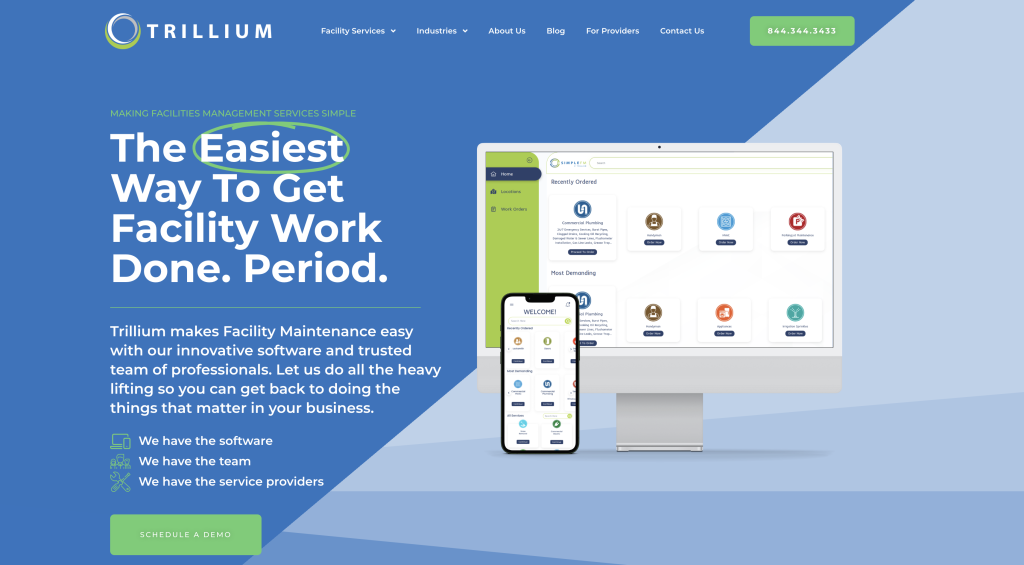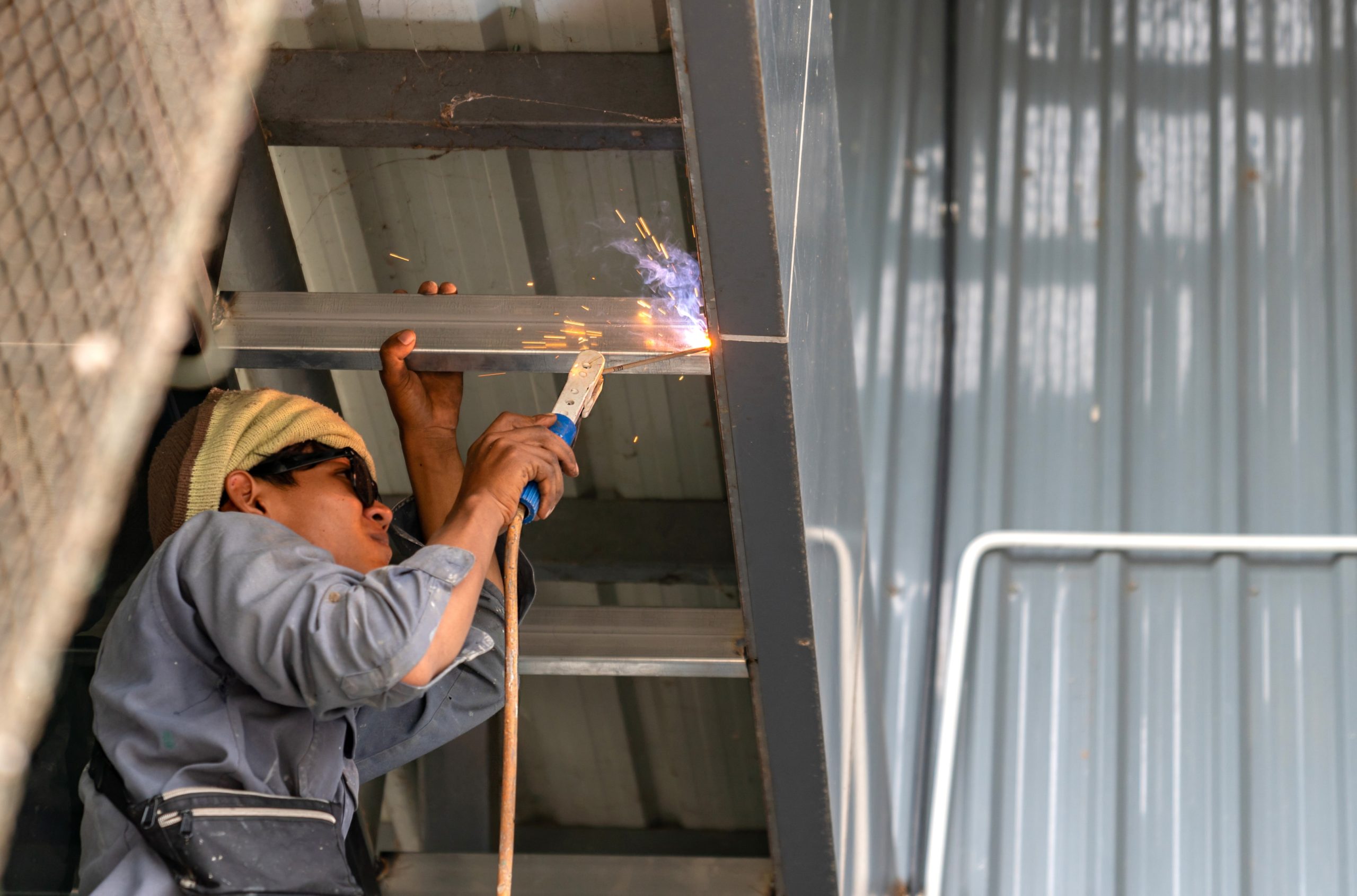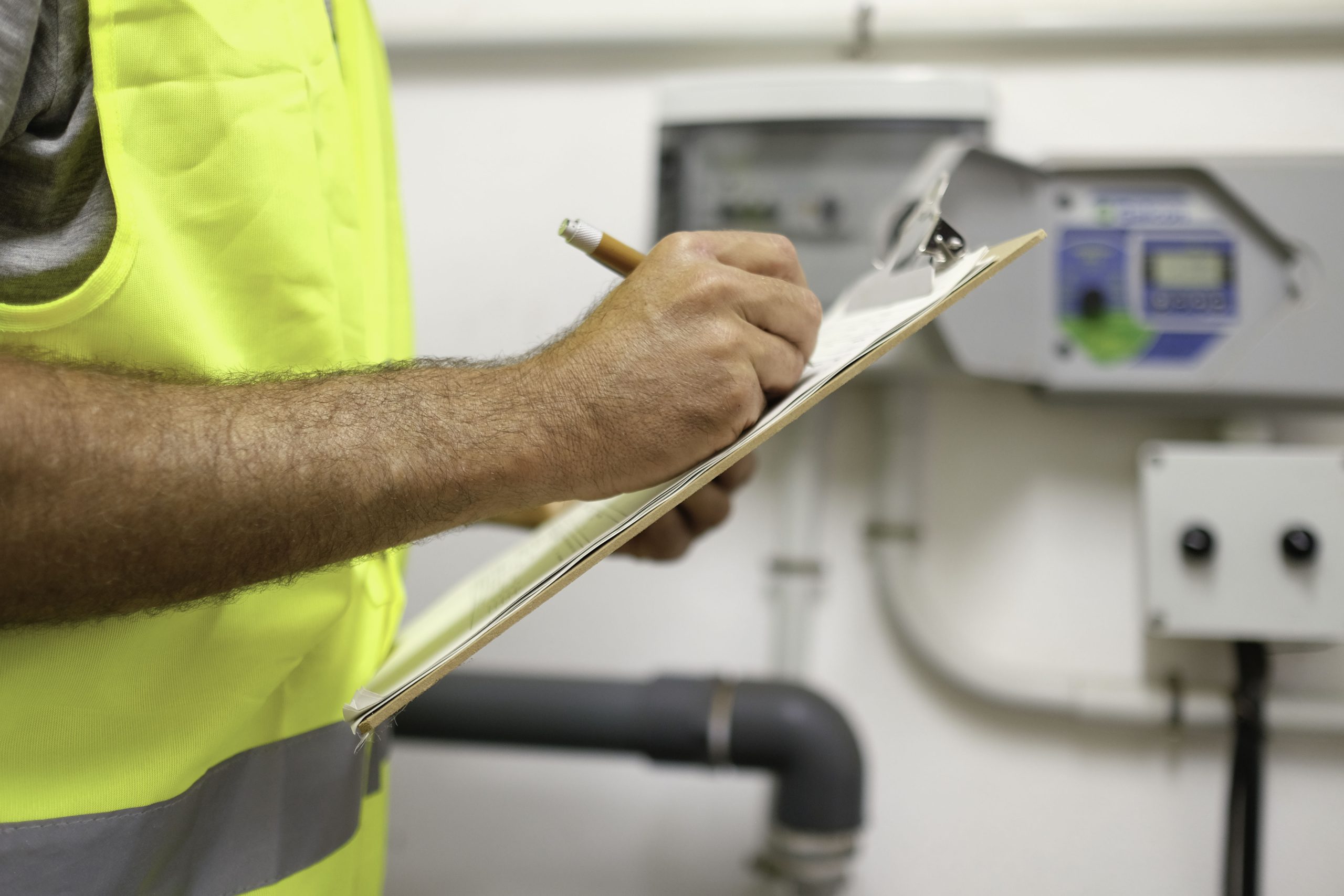Ever wondered how businesses keep their buildings, systems, and other assets running smoothly? The answer is facility operations management.
It’s not just for large corporations. Businesses of all sizes can rely on facility management to keep everything safe and organized.
Facility operations management keeps buildings, equipment, and processes efficient, safe, and productive. It helps businesses avoid disruptions, cut costs, and meet compliance standards.
In this guide, we’ll explain the principles of facility management and give useful tips on how to do it effectively.
What Is Facility Operations Management?
Facility operations management is all about keeping a building and its systems running smoothly. From maintaining equipment to ensuring a safe and productive work environment, it covers everything needed to support day-to-day operations.
At its core, it’s about proactive planning and upkeep. Regular equipment maintenance avoids costly repairs and ensures smooth operations.
For example, routine inspections of HVAC systems or electrical equipment keep them running efficiently and prevent outages.
It’s also about managing resources wisely. Facility managers focus on optimizing energy use to minimize waste and extend the lifespan of assets. This not only saves money but also supports sustainability goals, which are becoming very important for businesses.
Facility operations management plays a big role in safety and compliance. Whether it’s fire safety, building codes, property management, or workplace regulations, managers ensure everything meets legal standards, creating a secure space for employees, customers, and visitors.
The 4 Main Principles of Effective Facilities Management
Facility operations management depends on four key principles: people, efficient processes, work environment, and technology. These principles ensure facilities meet the demands of employees and stakeholders.
1. People
People form the backbone of every facility. Skilled teams handle maintenance, resolve issues, and monitor systems. When employees have clear communication and access to the right tools, they work better and avoid unnecessary delays.
Facility managers act as leaders by assigning tasks, coordinating efforts, and encouraging collaboration across departments.
2. Efficient Processes
Efficient processes prevent delays and reduce costs. This includes:
- Maintenance schedules
- Vendor coordination
- Protocols for addressing issues
These structured workflows allow managers to focus on large-scale initiatives instead of repetitive tasks, keeping operations on track and minimizing unexpected disruptions.
3. Work Environment
The work environment affects productivity and satisfaction. Safe, clean, and functional spaces inspire employees to perform at their best without distractions. Facility managers need to identify risks, enforce safety standards, and make improvements that enhance comfort and accessibility.
A well-maintained environment improves morale and reduces workplace incidents.
4. Technology
Modern facility operations typically use technology to improve facility management. Tools like Trillium allow managers to submit orders, coordinate vendors, and monitor updates in real time.
Automation reduces manual work and ensures faster decision-making. By using advanced tools, managers lower costs, extend equipment lifespans, and boost operational efficiency.
Types of Facility Operations Management
Facility operations management can be divided into two primary categories: hard operations and soft operations management. Each plays a role, as shown below:
Hard Facility Operations Management
Hard operations management focuses on physical facilities. It includes business continuity planning that provides operations when faced with disruptions to structural integrity, such as electrical networks.
Preventative maintenance and regular inspections keep these systems reliable and safe. Neglecting them can cause equipment failures or safety hazards, halting operations and raising costs.
Soft Facility Operations Management
Soft operations management focuses on services that directly affect people using the facility. These include cleaning, catering, security, and landscaping. Soft operations aim to create a comfortable and functional environment.
Regular cleaning ensures hygiene while catering and landscaping improve the overall experience for employees and visitors.
Why are Facility Operations Important?
Facility operations aren’t just about keeping the lights on or ensuring the floors are clean—they’re the foundation of a business. They keep everything working smoothly and create an environment where employees can focus on their work, and customers feel welcome and secure.
One of the biggest benefits is avoiding disruptions. A malfunctioning HVAC system or an unexpected power outage can bring operations to a halt. Proper facility management ensures these issues are caught and addressed before they become major problems.
Cost savings are another key reason. Regular maintenance and proactive planning prevent expensive repairs and reduce energy consumption. For example, updating to energy-efficient systems or conducting routine inspections can cut operating costs over time.
Facility operations also support safety and compliance. Meeting industry standards and regulations isn’t optional—it protects employees, customers, and the business itself from legal trouble or accidents.
Finally, strong facility operations improve the overall experience for everyone who enters the space. A clean, functional, and well-organized facility boosts employee morale and productivity while leaving a positive impression on visitors or clients.
Tips for Succesful Facility Management
Successful facility management needs clear strategies and proactive actions. Following proven methods helps businesses save money, improve safety, and maintain productive spaces.
Perform Regular Inspections and Maintenance
Routine inspections are essential for catching problems early. Scheduled maintenance on systems like HVAC, plumbing, or electrical equipment prevents minor issues from turning into costly repairs.
For example, regular HVAC tune-ups not only avoid breakdowns but also improve energy efficiency, lowering monthly bills. A proactive maintenance schedule ensures reliability and reduces unexpected downtime.
Set Clear Goals and Measure Results
Defining measurable goals keeps your team focused on what matters. Whether it’s reducing energy consumption, minimizing equipment downtime, or speeding up repair response times, metrics are key to spotting areas for improvement.
For instance, tracking energy usage can reveal inefficiencies. Then, businesses can cut expenses and become more sustainable.
Build Strong Vendor Relationships
Strong vendor management can make or break your operations. Choose vendors who are dependable and communicate expectations clearly.
A facility manager who maintains solid vendor relationships experiences quicker repairs and fewer disruptions, keeping everything on schedule. Trustworthy vendors become valuable partners in long-term success.
Prioritize Employee and Occupant Feedback
A well-managed facility creates a comfortable and functional environment. Listening to employee and occupant requests ensures that small issues, like uncomfortable temperatures or broken fixtures, are addressed quickly.
This not only boosts morale but also creates a space where people can perform at their best.
Prepare for Emergencies
Emergencies like power outages or equipment failures can happen without warning. Having a solid emergency plan minimizes disruptions and protects assets.
Identify potential risks, establish clear protocols, and ensure your team is trained to act quickly. Backup systems, such as generators or alternative workflows, can help maintain critical operations during unexpected events.
Manage Your Facility the Easy Way With Trillium

Facility management teams often face the challenge of balancing routine tasks with larger, strategic projects. Trillium provides the tools needed to stay organized, streamline dispatching, and effectively manage vendors—allowing more time to focus on high-priority issues.
Traditional facility management solutions often come with unnecessary fees, on-site personnel, and long-term commitments. Trillium eliminates those barriers by offering a flexible, cost-effective alternative.
There are no fees, no minimum order requirements, and no long-term contracts. It’s easy to order facility management services only when needed.
Here’s what makes Trillium’s facilities management software stand out:
- Transparent pricing without markups or unnecessary overhead
- Order services as needed without long-term commitments
- Streamline scheduling, tracking, and vendor communication with ease
- Free up time to address larger projects and critical decisions
Whether you manage a small building or multiple facilities, Trillium adapts to your needs, saving you time and resources.
Contact Trillium today and see the difference!
FAQs About Facility Operations Management
What are the 4 main functions of a facility manager?
A facility manager’s primary functions include maintaining building systems and equipment, ensuring health and safety compliance, optimizing space and asset management, and managing vendors and resources. These responsibilities ensure the facility runs efficiently, remains safe, and meets the needs of the organization.
What are the four P’s of facility management?
The four P’s of facility management are People, Processes, Place, and Performance. These elements guide facility management by focusing on the people who use the facility, the processes that ensure smooth operations, the physical place being managed, and the performance metrics used to measure success.
What are the 3 key concepts of facility management?
The three key concepts of facility management are efficiency, safety, and adaptability. Efficiency focuses on optimizing resources, maintaining systems, reducing costs, and incorporating energy management to improve sustainability and lower expenses. Safety ensures compliance with regulations and provides a secure environment for employees and visitors. Adaptability allows facilities to adjust to changing needs, whether it’s scaling operations, implementing new technologies, or responding to unexpected challenges.
What are the three main tasks of facilities management?
The three main tasks of facilities management are maintenance, safety, and space management. Maintenance involves keeping systems and equipment running efficiently through regular inspections and repairs. Safety ensures compliance with health and safety regulations. Space management focuses on optimizing the use of physical spaces to meet organizational needs and support productivity.









